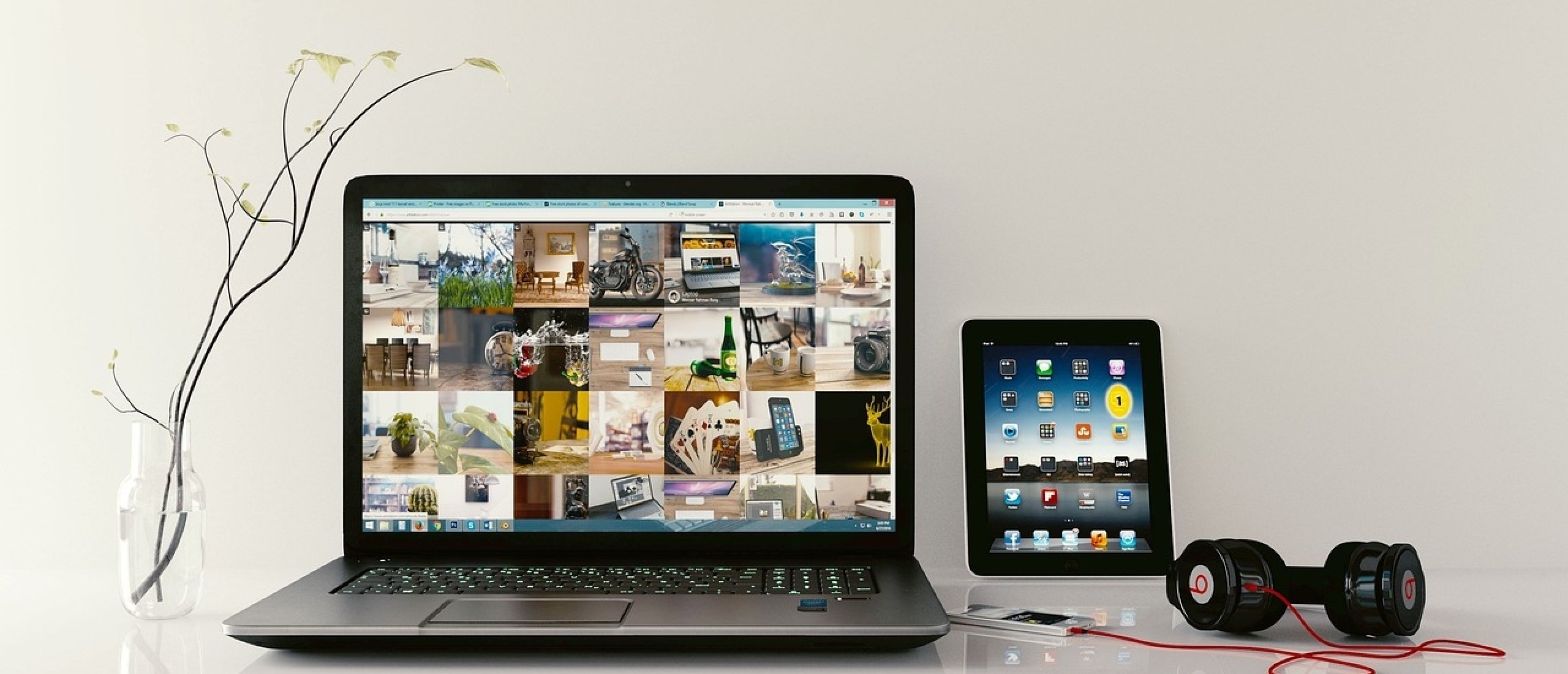
Remote Desktop Services 2019
To enable employees to work efficiently and securely while on the go or remotely, Microsoft has released Remote Desktop Services (RDS). This license allows employees to easily access relevant servers regardless of their location. This article describes what RDS entails and the requirements for its use.
What is RDS?
RDS is part of Microsoft’s licensing model and ensures that users can remotely access relevant servers through various devices. This makes it easier for employees who work from home or travel frequently to access essential servers. To use RDS 2019, CALs (Client Access Licenses) must be purchased first. There are Device CALs and User CALs, and the choice between these options depends on the number of devices or employees in the company. This article explains this topic further.
RDS 2019 can be used with the following servers:
- Microsoft SQL Server
- Microsoft Windows Server
- Microsoft Exchange Server
- Microsoft SharePoint Server
Remote Desktop Protocol
Remote Desktop Protocol (RDP) is a protocol developed by Microsoft that allows users to connect remotely to a device over an internet connection. The user must use RDP client software, while the receiving computer needs RDP software.
This technology simplifies remote work, supporting hybrid working environments. Employees can work more flexibly, from home or on the go, often resulting in higher productivity and satisfaction.
RDS 2019: Device CAL vs. User CAL
RDS CALs (Client Access Licenses) are similar to standard server CALs and come in two forms: User CALs and Device CALs.
- RDS User CALs: This license grants one user access to the server from multiple devices.
- RDS Device CALs: This license grants access to the server for a specific device, regardless of who uses it.
Choosing between User and Device RDS CALs depends on the number of users and devices in the company. It is often more cost-effective to license the fewer of the two. For example, if 5 users need access to the server via 20 devices, it is cheaper to purchase 5 User CALs than 20 Device CALs. Conversely, if 20 users need access but share 5 devices, the logical choice would be to purchase 5 Device CALs.
Note: Before RDS CALs can be used, the server must already be licensed with standard server CALs (User or Device). RDS CALs do not replace standard CALs but are added on top.
RDS 2019: How to License Office?
With Microsoft’s volume licensing program for businesses, a company’s structure can be organized to enable seamless remote work and server access. Licenses must belong to the same program to ensure security, compatibility, and compliance. The following are required: Windows Server + CALs (Client Access Licenses) + RDS CALs (Remote Desktop Services) + Office.
Key Requirements:
- Windows Server: The server must have a proper license for Windows Server (Standard or Datacenter).
- CALs: Client Access Licenses (for users or devices) are required to access the server.
- RDS CALs: RDS CALs must be added for remote work projects.
- Office: Choose Office Standard or Office Professional Plus, depending on needs.
